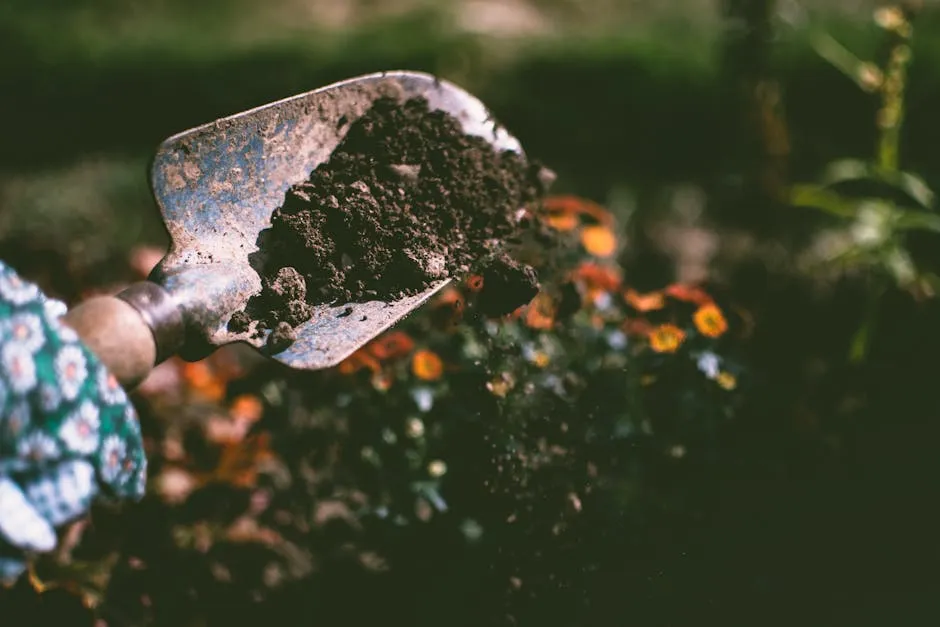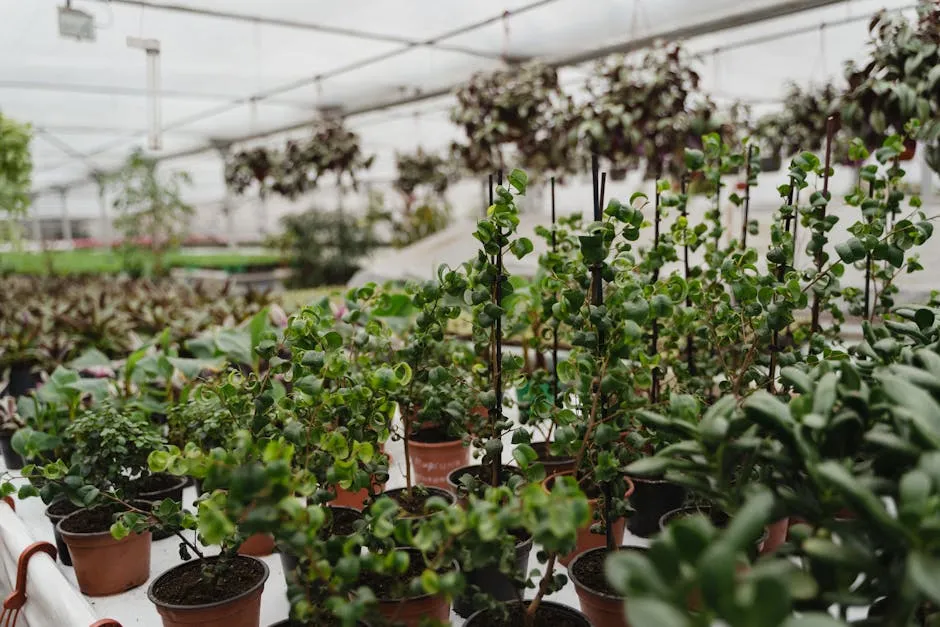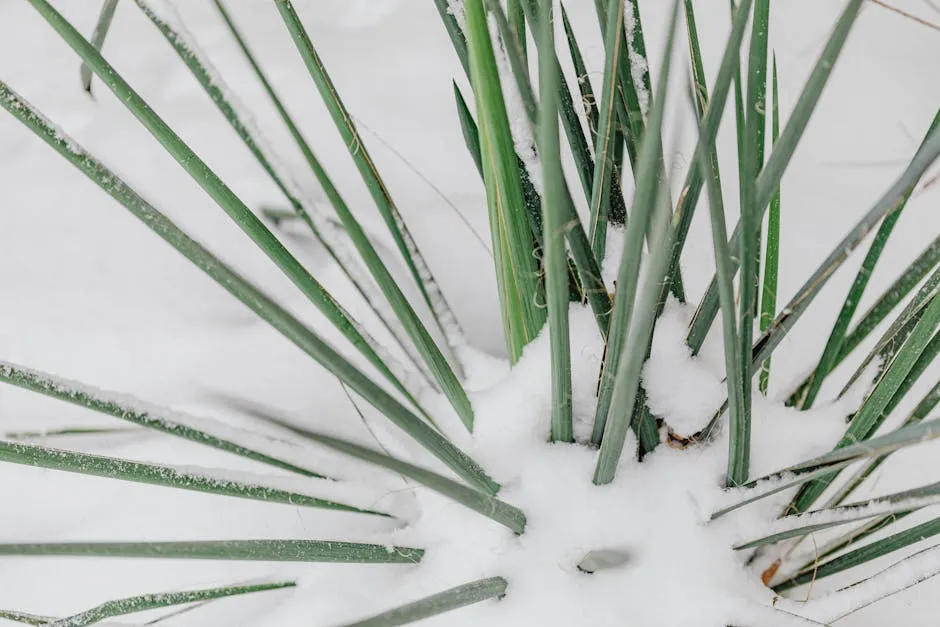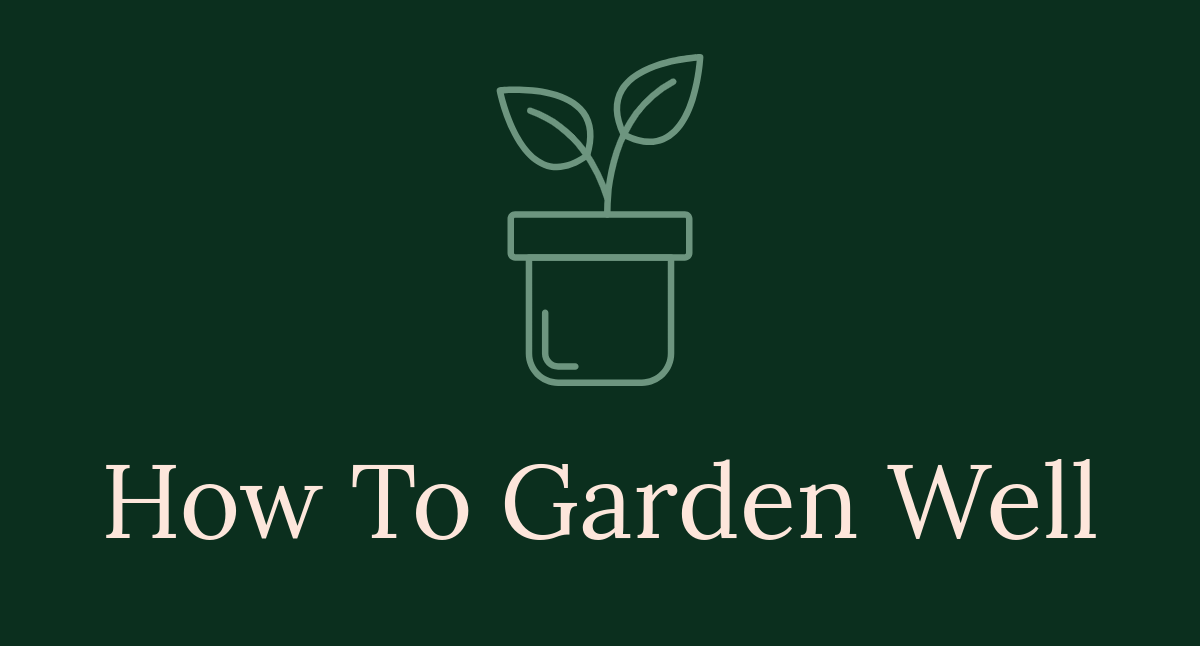

Understanding Planting Zones: A Comprehensive Guide for Gardeners
Introduction
Planting zones are vital for successful gardening. They help you choose the right plants for your region’s climate. Understanding these zones ensures your plants thrive, providing you with beautiful and healthy gardens.To truly understand your garden’s needs, consider investing in a Garden Soil Tester. It’s like a magic wand for your soil, helping you determine its pH levels and nutrient content. Your plants will thank you for it!
Summary and Overview
Planting zones categorize regions based on their average annual minimum temperatures. This classification is essential for gardeners to select appropriate plants. The USDA Hardiness Zone Map is the most widely recognized system in the United States. It divides the country into 13 zones, each with specific temperature ranges. These zones can differ in other countries, such as Canada and Australia, where similar systems are used. As climate change continues to impact weather patterns, these zones may shift. This makes it crucial for gardeners to stay informed about their specific planting zones and any changes that may affect their plant choices.If you’re looking to visualize your planting zones better, check out this Planting Zone Map Poster. It’s not just a pretty picture, but a useful tool for understanding what grows best in your area.
Understanding Planting Zones
What are Planting Zones?
Planting zones, also known as hardiness zones, define areas based on their climatic conditions. The USDA Hardiness Zone Map is the primary resource for understanding these zones in the U.S. Each zone ranges in temperature, indicating how cold it gets during winter. For instance, Zone 1 has the lowest temperatures, while Zone 13 is the warmest. Each zone represents a 10-degree Fahrenheit difference in average annual minimum temperatures. This information is crucial when selecting plants, as it helps you determine which species will survive and thrive in your area. Knowing your planting zone allows you to choose plants that can withstand the local climate. Selecting plants suited for your zone increases your gardening success and helps you avoid frustration.Don’t forget to protect your hands while gardening! A good pair of Gardening Gloves can save you from thorns and dirt, allowing you to focus on the fun of planting instead of the pain of scrapes!
How are Planting Zones Determined?
Understanding how planting zones are determined is crucial for successful gardening. Several factors influence these zones, including temperature, frost dates, and humidity. Each of these elements plays a significant role in a plant’s survival and growth. Temperature is a primary factor. It directly impacts the types of plants that can thrive in a specific area. Frost dates also matter. Knowing the average dates for the last and first frost helps gardeners plan their planting schedules. Humidity adds another layer of complexity, affecting how plants adapt to their environments. The United States Department of Agriculture (USDA) created the USDA Hardiness Zone Map. This map categorizes the U.S. into 13 zones based on long-term average minimum temperatures. Data collected over several decades informs these classifications, ensuring accuracy. The USDA updates this map periodically to reflect changing climate conditions. Other countries utilize similar systems. For instance, Canada has its own hardiness zones, which tend to align closely with the USDA’s classifications. Australia and various European nations also have tailored systems that consider their unique climates. These adaptations allow gardeners worldwide to make informed decisions about which plants are likely to thrive in their regions.
USDA Hardiness Zones Explained
Breakdown of USDA Zones
The USDA Hardiness Zone Map divides the United States into 13 zones. Each zone reflects a range of average minimum winter temperatures. Zone 1 represents the coldest areas, with temperatures dropping below -60°F. In contrast, Zone 13 experiences milder conditions, with lows between 60°F and 70°F. Here’s a quick overview of the zones and examples of plants suited for each:- Zone 1: -60°F to -50°F. Plants like Arctic Willow thrive.
- Zone 2: -50°F to -40°F. Consider growing Siberian Pea Shrub.
- Zone 3: -40°F to -30°F. Hellebores can survive here.
- Zone 4: -30°F to -20°F. Look for Red Maple.
- Zone 5: -20°F to -10°F. Try planting Daylilies.
- Zone 6: -10°F to 0°F. Hostas do well in this zone.
- Zone 7: 0°F to 10°F. Consider growing Hydrangeas.
- Zone 8: 10°F to 20°F. Southern Magnolia flourishes here.
- Zone 9: 20°F to 30°F. Enjoy growing Citrus Trees.
- Zone 10: 30°F to 40°F. Try planting Bougainvillea.
- Zone 11: 40°F to 50°F. Consider Coconut Palm.
- Zone 12: 50°F to 60°F. Enjoy growing Hibiscus.
- Zone 13: 60°F to 70°F. Tropical plants thrive in this zone.

To make your gardening easier, consider investing in a Gardening Tool Set. It has everything you need to dig, plant, and prune your way to gardening glory!
Limitations and Considerations
Understanding planting zones is essential, but it’s not without limitations. The USDA zone map has its drawbacks. It primarily focuses on average annual minimum temperatures. However, local microclimates can significantly affect plant survival. For instance, areas near bodies of water may experience milder winters. Elevation also plays a role; higher altitudes often have different conditions, even within the same zone. Supplemental data is vital for successful gardening. Frost dates are crucial. Knowing when to expect the last and first frost can guide your planting schedule. Rainfall patterns are equally important. Some plants thrive in humid conditions, while others prefer drier climates. This additional information helps ensure you choose the right plants for your specific environment. Climate change significantly impacts hardiness zones. As temperatures rise, zones shift. This alteration can leave gardeners with outdated information. For example, a zone that previously supported certain plants may no longer do so. Therefore, gardeners need to stay informed about these changes. Being aware of shifting climates allows you to make better choices for your garden’s future.
Finding Your Planting Zone
Finding your planting zone is a straightforward process. Start by using the USDA Hardiness Zone Map. This tool helps you identify your specific zone based on location. Simply locate your state and find the corresponding zone. Each zone represents a range of temperatures that indicate which plants will thrive. Online tools can simplify this process even further. Many websites offer zip code lookup features. Entering your zip code provides detailed zone information for your area. This is particularly useful for regions with varied climates. It allows you to pinpoint your zone more accurately. It’s also essential to consider local variations. Microclimates can exist even within a single zone. For example, a garden in a sheltered area may experience different conditions than one in an exposed location. Factors like shade, wind, and proximity to buildings can influence temperature and moisture levels. Be sure to observe these local conditions when selecting plants. This knowledge will help you create a thriving garden tailored to your specific environment.
While you’re at it, a Garden Kneeler and Seat can make your gardening tasks a lot more comfortable. Say goodbye to sore knees and backaches!
The Importance of Planting Zones in Gardening
Selecting the Right Plants
Understanding planting zones is essential for plant selection. These zones help you choose suitable plants for your garden. When deciding between perennials and annuals, consider how zones affect plant hardiness. Perennials are plants that return year after year. They must survive the winters in your zone. For example, if you live in Zone 5, look for plants rated for Zones 5 or lower. Some popular perennials for this zone include coneflowers and daylilies. Annuals, on the other hand, complete their life cycle in one growing season. They may not survive winter outdoors. If your zone is too cold for a specific annual, it won’t thrive. Zone compatibility is crucial for plant health. A plant suited for a warmer zone may struggle in a colder one. Similarly, a plant rated for colder conditions may not perform well in warmer zones. Always check the hardiness rating before planting. Here are some examples of popular plants for various zones:- Zone 3: Hellebores and Siberian Iris
- Zone 4: Red Maple and Black-eyed Susans
- Zone 5: Peonies and Daylilies
- Zone 6: Hostas and Hydrangeas
- Zone 7: Lavender and Sedum
- Zone 8: Southern Magnolia and Citrus Trees
- Zone 9: Bougainvillea and Palms

To keep track of your gardening progress, a Gardening Journal is a great way to record your planting dates, plant types, and even your thoughts as you cultivate your green thumb!
For more insights on how to choose the right plants, check out these raised bed gardening tips and tricks.
Gardening Strategies Based on Zones
When gardening, your zone dictates your strategies. In colder zones, extending the growing season is key. Use row covers or cold frames to protect tender plants. For warmer zones, focus on heat-tolerant plants. Drought-resistant varieties can thrive under high temperatures. Pay attention to seasonal planting tips based on your zone. This knowledge empowers you to make the best choices for your garden. Incorporating these insights ensures a thriving garden tailored to your unique climate. Understanding planting zones is not just beneficial; it’s essential for gardening success.
The Impact of Climate Change on Planting Zones
Shifts in Hardiness Zones
Climate change is altering hardiness zones across the globe. Many regions are experiencing warmer winters. For instance, areas once classified as Zone 5 may now fall into Zone 6 or even 7. This shift impacts the types of plants that can thrive. Updated planting zone maps are essential. They reflect these changes and help gardeners make informed decisions. Regions such as the Northeast U.S. are witnessing significant shifts. Gardeners should check for updated maps regularly to stay informed.
Adapting Gardening Practices
Adapting to changing zones is crucial for success. Start by selecting plants that can thrive in the new conditions. Research local varieties that are resistant to heat or drought. Continuous learning is vital. Join local gardening groups or online forums to share experiences. Observing your garden’s specific conditions will help you adjust your practices.FAQs
What is a planting zone?
A planting zone is a geographic area defined by its average annual minimum temperature. This classification helps gardeners know which plants can survive.
How do I find my planting zone?
You can find your planting zone by using zip code tools or the USDA Zone Map. Simply enter your zip code to get accurate information.
Can I grow plants outside their designated zones?
Growing plants outside their zones is risky. Plants may struggle to survive harsh conditions. Consider your zone’s limits for better success.
What are microclimates, and how do they affect planting zones?
Microclimates are small areas with different climate conditions. They can be warmer or cooler than surrounding areas. This can influence your gardening practices significantly.
Why do planting zones matter for gardeners?
Planting zones matter because they ensure plant survival. Knowing your zone helps you select appropriate plants for a successful garden.
And for those unexpected gardening mishaps, grab a bottle of Organic Pest Control Spray. Keep those pesky bugs at bay without harming your plants!
Please let us know what you think about our content by leaving a comment down below! Thank you for reading till here 🙂All images from Pexels



